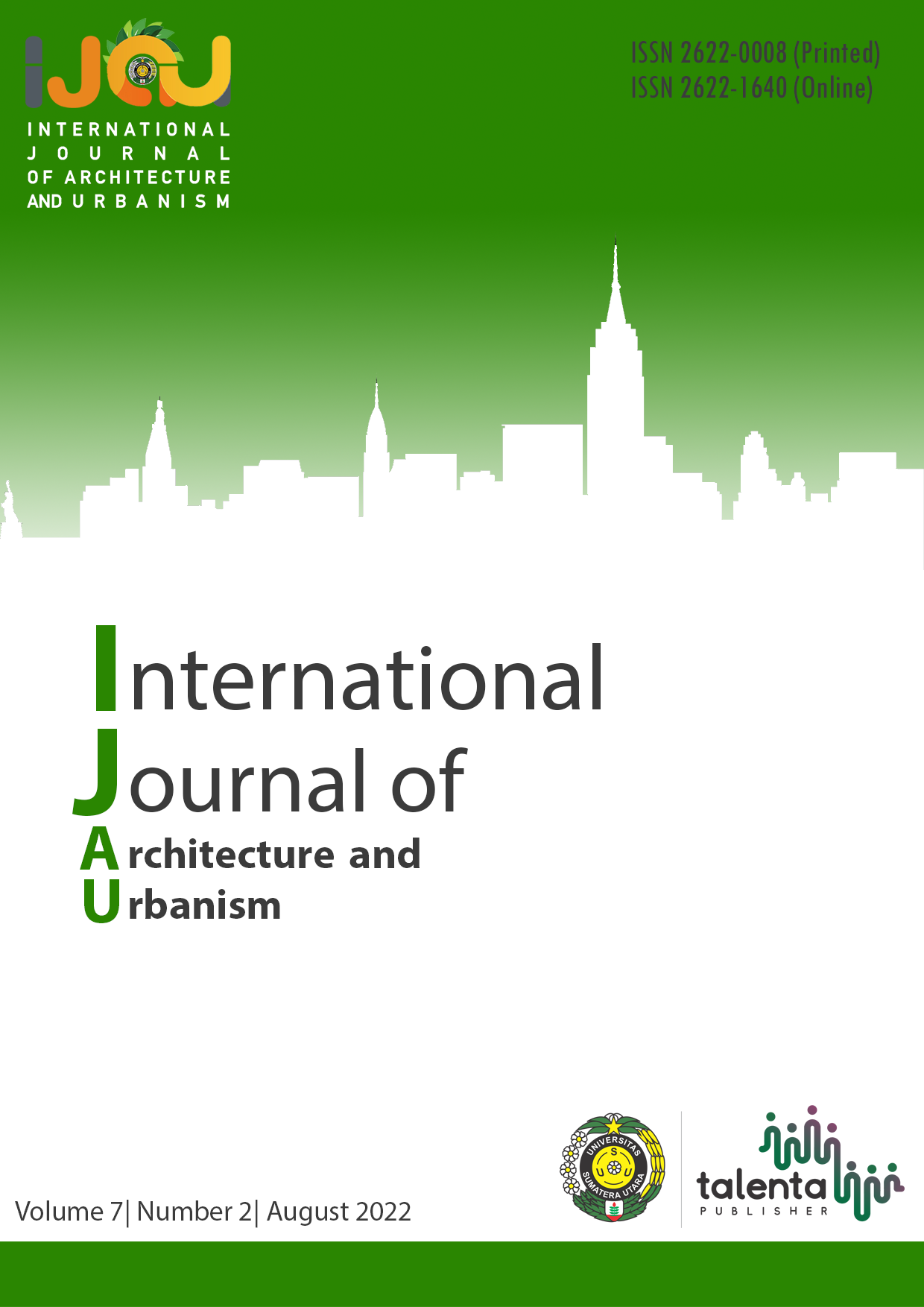Rewening The Langkat Regional Museum With The Application of The Neo-Vernacular Malay Architectural Style
DOI:
https://doi.org/10.32734/ijau.v7i2.13516Keywords:
history, neo-vernacular architecture, regional museumAbstract
In Indonesia, institutions of education continue to behind places of amusement in terms of correlation. A museum is a structure that houses exhibits of historical, artistic, scientific, and antiquarian items. A timeline of actual past events makes up history. Museum tours don't operate like museums do generally in Tanjung Pura. According to survey findings at the Regional Museum, only 60 people visited the museum in the first half of 2020, commencing in June. The Langkat Regional Museum has a number of issues, including a front that appears to have been less recently maintained. The museum's space is too small, giving the sensation of being crowded within. The museum's layout for collections and rooms is disorganized. A venue for public education on history, particularly the history of the Langkat Sultanate, is what this design aims to give. Applying the topic of Malay Neo Vernacular Architecture, revitalize the area with new concepts and a new mood so that it becomes a practical, sensible, and receptive component of people and the environment. Additionally, building a museum space that can preserve the Malay Sultanate of Langkat's cultural legacy. Finally, fostering affection and compassion for the neighborhood's rich cultural legacy. It is intended that by renewing the Langkat Regional Museum, which carries the topic of Neo-Vernacular Malay Architecture, it will be able to reclaim its role as a tool and infrastructure for teaching in public areas. in order to promote Malay culture and historical legacy from the Sultanate of Langkat as a tourist destination.
Downloads
Downloads
Published
How to Cite
Issue
Section
License
Copyright (c) 2023 International Journal of Architecture and Urbanism

This work is licensed under a Creative Commons Attribution-ShareAlike 4.0 International License.


.png)










